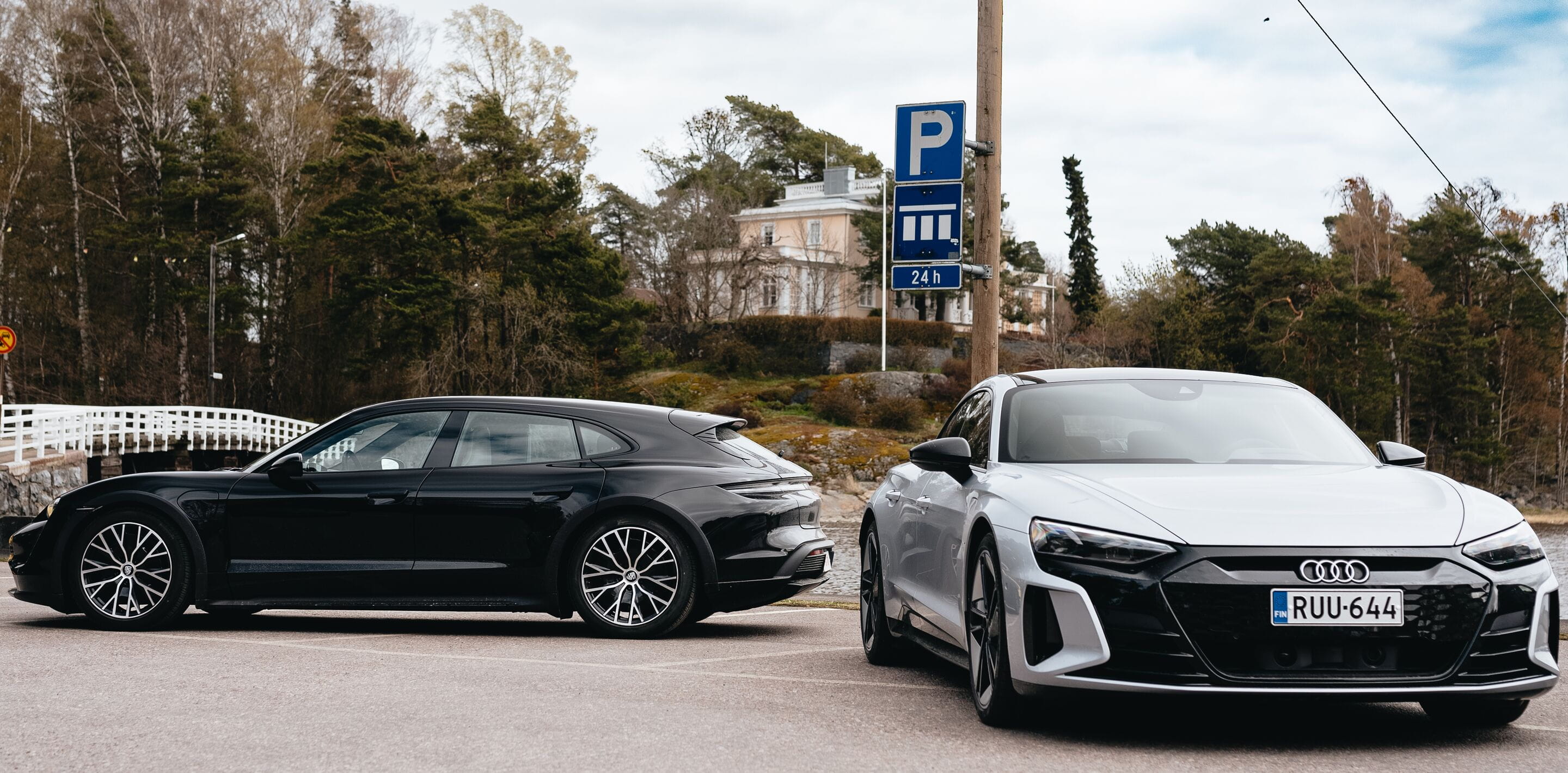Our best deals
Voices of Ayvens
Globally, LeasePlan and ALD have now merged to become Ayvens. By combining two major players, we will have the best expertise and strength to become the leading global player in sustainable mobility, with a total fleet of 3.4 million vehicles managed worldwide. We look forward to establishing our new brand in the years ahead!
Anders Ree-Pedersen
Managing Director
Self service for drivers
You do the driving, we do the rest
Featured topics
We are ready to assist you
Our expert team is available if you have any questions










